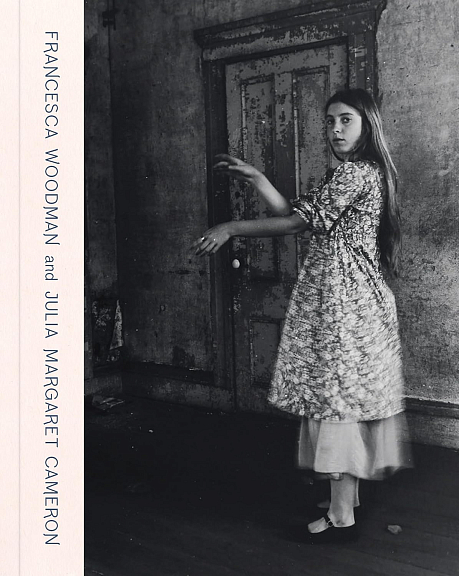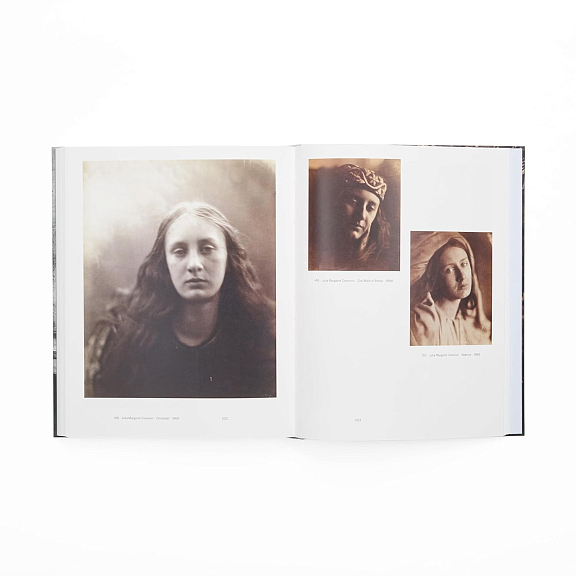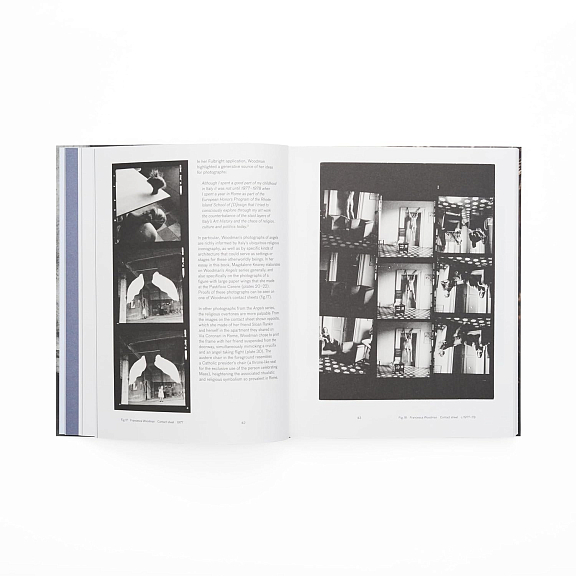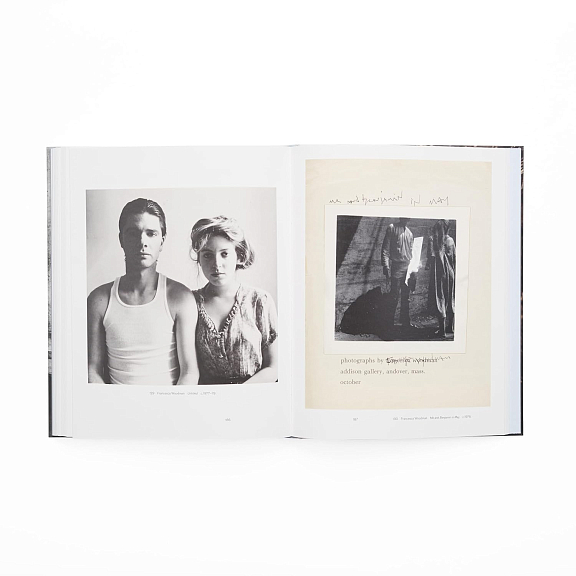-
Книги
- Нонфикшн
- Гуманитарные науки
- Деловая литература
- Естественные / Точные науки
- Книгоиздание
- Лайфстайл
- Словари / Энциклопедии
- Художественная литература
- Детектив
- Драматургия
- Классическая проза
- Мифология. Эпос
- Поэзия
- Собрания сочинений
- Современная художественная проза
- Фантастика. Фэнтези
- Биографии / Мемуары
- Графические романы / Комиксы
- Детские книги
- Воспитание. Педагогика
- Детский досуг
- О детских книгах
- Познавательная литература
- Художественная литература для детей
- Журналы / Зины
- Архитектурные
- Гуманитарные
- Журналы о моде
- Зарубежная периодика
- Искусство / Фотография
- Кино / Театр
- Лайфстайл
- Книги «Подписных изданий»
- Книги на иностранных языках
- Английский язык
- Испанский язык
- Итальянский язык
- Книги на иностранных языках для детей
- Немецкий язык
- Финский язык
- Французский язык
- Шведский язык
- Книги о кино
- Книги о музыке
- Книги о средневековье
- Книги о театре
- Книги о фотографии
- Книги об искусстве / Книги об архитектуре
- Альбомы по искусству
- Архитектура
- Декоративно-прикладное искусство
- Живопись
- Искусствоведение
- Орнаменты
- Прочее
- Танец
- Татуировка
- Творческое развитие
- Книги по философии
- Кулинарные книги
- Николай Солодников рекомендует
- Предзаказ
- Про дизайн / Про моду
- Путеводители / Книги о путешествиях
- Канцелярские товары
-
Подарки
- Брошки и значки
- Гирлянды
- Закладки
- Игры
- Календари
- Наклейки
- Наши сувениры
- Открытки
- Всякие-разные
- Наборы открыток
- Поздравления
- Про любовь и другие хорошие чувства
- С писателями и поэтами
- С цветами, овощами и фруктами
- С цитатами и другими фразами
- Подарочные сертификаты
- Постеры
- Прочее
- Сумки и шоперы
- Упаковка
- Подарочные сертификаты
Адрес магазина: Санкт-Петербург, Литейный пр., 57
Francesca Woodman and Julia Margaret Cameron
| Издательство | National Portrait Gallery Publications |
|---|---|
| Год издания | 2024 |
| Переплет | Твёрдый |
| Страниц | 224 |
| Формат | 236x298 мм |
| Язык | Английский |
| ISBN | 978-1-85514553-5 |
| Артикул | 1195254 |
Living and working over a century apart, British photographer Julia Margaret Cameron and American photographer Francesca Woodman experienced vastly different ways of making and understanding images. Yet the two share more similarities than expected. Both artists had brief careers lasting less than 15 years; while neither enjoyed popularity and success during their lives, they have posthumously received widespread acclaim. Their portraits feature ethereal, experimental qualities that connect them soundly across time.
The beautifully illustrated catalog, accompanying the exhibition of the same name at the National Portrait Gallery, London, includes Woodman’s and Cameron’s best-known photographs as well as less familiar images. The book begins with three feature essays that consider Cameron and Woodman simultaneously and moves on to 10 thematic sections interspersing works by the two artists. Portraits to Dream In makes new connections between the work of two innovative photographers who pushed the boundaries of the photographic medium and experimented with ideas of beauty, symbolism, transformation and storytelling to produce some of art history’s most compelling and admired images. Julia Margaret Cameron (1815–79) took up photography in the 1860s and was soon elected to both the Photographic Society of London and the Photographic Society of Scotland. She photographed her friends and family as well as notable figures of Victorian England, including Charles Darwin, Ellen Terry and Alfred, Lord Tennyson.
The beautifully illustrated catalog, accompanying the exhibition of the same name at the National Portrait Gallery, London, includes Woodman’s and Cameron’s best-known photographs as well as less familiar images. The book begins with three feature essays that consider Cameron and Woodman simultaneously and moves on to 10 thematic sections interspersing works by the two artists. Portraits to Dream In makes new connections between the work of two innovative photographers who pushed the boundaries of the photographic medium and experimented with ideas of beauty, symbolism, transformation and storytelling to produce some of art history’s most compelling and admired images. Julia Margaret Cameron (1815–79) took up photography in the 1860s and was soon elected to both the Photographic Society of London and the Photographic Society of Scotland. She photographed her friends and family as well as notable figures of Victorian England, including Charles Darwin, Ellen Terry and Alfred, Lord Tennyson.
Francesca Woodman (1958–81) worked in both the United States and Italy and made her first mature photograph at the age of 13. Her lifetime exhibitions include the Addison Gallery of American Art, Andover, Massachusetts (1976); Galleria Ugo Ferrante, Rome (1978); and the Alternative Museum, New York (1980). Her artist’s book, Some Disordered Interior Geometries, was published by Synapse Press in 1981.
Подписка на рассылку
Раз в месяц будем присылать вам обзоры книг, промокоды и всякие-разные новости






